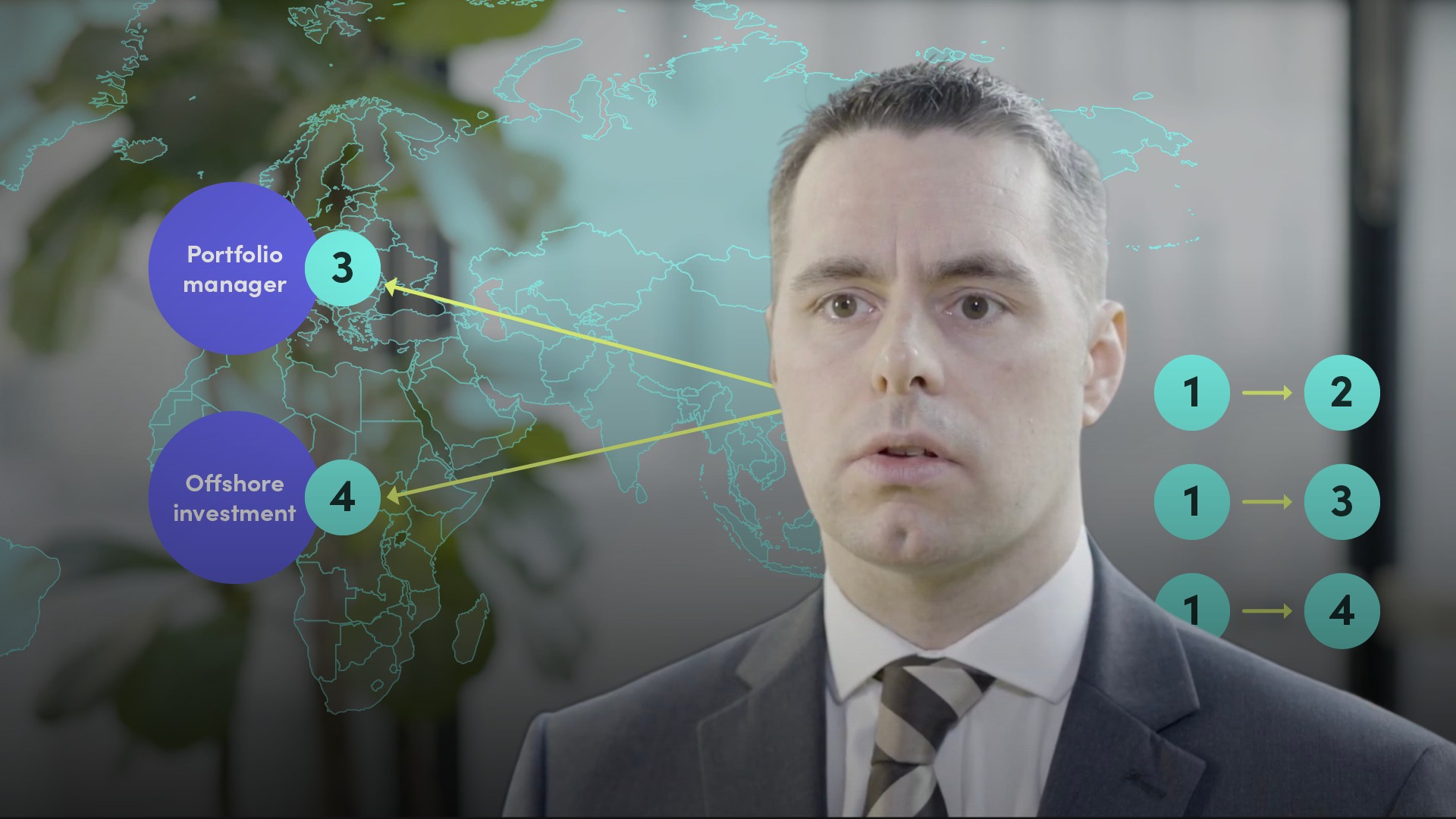
Asian Asset Management Regulation Introduction

Giles Swan
15 years: Asset management
Giles provides an overview of asset management regulation in the Asia Pacific region, including fund distribution and capital market investing.
Giles provides an overview of asset management regulation in the Asia Pacific region, including fund distribution and capital market investing.

Asian Asset Management Regulation Introduction
19 mins 44 secs
Key learning objectives:
Understand fund regulation and distribution in the Asia Pacific, including domestic, cross-border, and offshore rules
Identify key differences in fund distribution across Asia Pacific markets and associated obligations
Outline regulatory considerations for onshore and offshore investing in the region
Overview:
Fund regulation in the Asia Pacific region can be split into domestic, cross-border activities and offshore fund rules. The regulations may vary but several initiatives have been driving forces in increasing the relevance of this market.
What does Fund Regulation in the Asia Pacific region consist of?
The features of the Asia Pacific market for funds are as follows: there is no one market across the region, each national market has particular nuances, some markets such as Hong Kong and Singapore have advanced international centres with onshore and offshore fund distribution, other markets like Japan are far more domestic, China is beginning to open up its market and there are strong trends towards globalisation. We have seen a general trend in these markets as cumulative net flows show appetite for traditional active funds, multi-asset strategies and alternatives over passive investment.
Funds are regulated through domestic regulations, common rules for cross-border activities and offshore fund rules in places like Europe. Local rules can cover product, management and administrative activities. The hot topics in Asia are similar to the rest of the world with regulatory conversations focusing on Fintech, sustainable finance, culture and conduct. Several of the key regulatory initiatives are trading and distribution and opening up capital controls in China, the Asia-Pacific Economic Cooperation (APEC) and the Association of Southeast Asia Nations (ASEAN). Some of the key cross-border initiatives in China include asset management related activities, market connect schemes creating new opportunities for cross-border trading, investment schemes and fund distribution.How is Fund Distribution Regulated in Asia Pacific?
The features of the fund distribution landscape include very specific country profile, considerable variance in the types of funds distributed, i.e. onshore, offshore and cross-border and several top markets for funds such as Taiwan and Singapore. Fund distribution can be regulated at the local level, offshore funds can be regulated by the territories in which they operate and cross-border regulation.
The distribution of domestic funds can vary considerably across markets as well as self-regulation in certain organisations. Distribution rules also involve various POS disclosures and other reporting obligations as well as disclosure of any fees or commissions.
The distribution of offshore funds are regulated on a country-by-country basis. Professional investors might involve the private placement of funds. Sale of offshore funds is usually far more restricted than for local funds and often additional disclosure obligations apply.
The distribution of cross-border funds are regulated by examining in more detail some of the frameworks that have been developed in the Asia-Pacific region to allow funds located in one part of the region to be sold to investors in another part. Some examples include the Mainland-Hong Kong Mutual Recognition framework, the Asia Funds Region Passport and the ASEAN CIS Framework.
How is Market Investing Regulated?
Capital market investing in onshore fund assets is regulated in Asia Pacific through diverse local rules and various considerations such as taxes, restrictions on exposures and reporting requirements. Investing in offshore assets includes compliance of differing foreign investment rules, taxation, capital controls, repatriation regulations and other compliance obligations.

Giles Swan
There are no available Videos from "Giles Swan"

